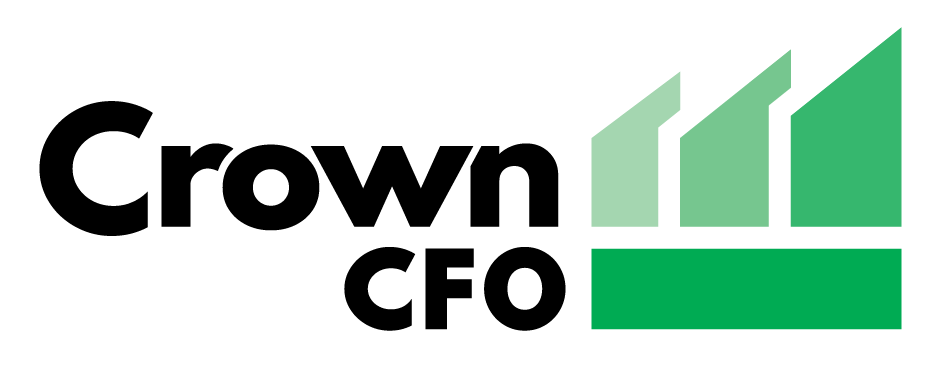Who’s Leading Your Pricing Strategy?
Written by: Dayle Crane, CFO
For a lot of growing companies, pricing is a discussion that’s happening every few years. Or worse, it’s being discussed far too often — because it’s being negotiated and rethought with every contract.
Neither of these approaches leads to financial success, which is why you need an experienced financial leader to be a part of the pricing process.
Review and increase pricing annually
Pricing can’t be a one-and-done activity or even an every-couple-of-years activity. For most companies, pricing decisions should be an annual event. By reviewing pricing each year, you can take into account the patterns and trends that affect your business, like labor costs and industry changes, and plan accordingly.
Consider the right pricing factors
Pricing can’t be based on your gut as the business owner or a random, across-the-board percentage increase. There are many factors you should be looking at.
Examine value vs. premium services
Finding the right price for a particular product or service can feel like stabbing in the dark, but it’s helpful to first consider your market, your place in it, and the niche you’re serving.
Does your company have the experience and highly qualified staff to justify premium prices for each offering? Or are you entering a new market and need to establish your expertise there for a few years?
Starting with acquisition pricing is sometimes warranted, especially if moving up market later and increasing prices accordingly is part of your strategic plan. If you’re still stumped as to what to do, look at your closed/lost accounts in your CRM and dig into what’s causing your losses.
If it’s pricing, it might be time to redefine your pricing structure by market or service. If you’re losing on capabilities, your sales team might be targeting premium customers looking for more depth or breadth of service than your team can deliver today.
Dig into the data
Benchmarking how your competitors are pricing is another important task. Many industries have a guide that breaks out pricing by location and company size — they’re often put out by an industry association. Seek yours out and let it inform your pricing process.
RFPs are an often-overlooked source of data when it comes to pricing for it. By analyzing what potential customers are asking for in the RFPs they send you — and what they’re not — you can pick up on what’s most important to each of them. With this information, you can position your service and price to close each of these custom-priced opportunities.
Choose the right pricing structure
As you review pricing each year, it’s a good idea to evaluate whether your pricing structure is still the best fit for your business. Many professional services firms in particular grapple with the choice between flat fees/fixed fees and time and materials (T&M) pricing.
Fixed fee pricing is best for your most routine work that rarely varies in output. These are known projects that you do day in and day out that rarely change in scope. T&M pricing is for when projects are less known and scope could grow.
Clients will often want to create a cap for T&M, which defeats the purpose of T&M and usually signals that fixed fee is the better choice for both parties. T&M with a floor, where there is a locked-in minimum plus upside for unknown scope, is the safest of all billing types and best for any project with the most variability and unknowns. But it’s also the hardest to convince clients to do — at least without the right pricing strategy and sales talking points.
With all of these basic pricing types and numerous other more strategic ways of pricing, building in the right margin is key, of course.
Involve the right people and the right tools
When you evaluate and change your pricing, you should have leaders from your sales, marketing and operations teams involved. Most of all, you should have an experienced financial professional like a Fractional CFO working with you.
A Fractional CFO can lead you through considering all the factors we’ve discussed here as well as make sure you’re tackling pricing from a strategic, forward-looking perspective — and staying focused on the data.
Data can help to justify moving up market and commanding premium pricing by analyzing the competition, lost opportunities, costs and margins associated with each offering — or let you know if acquisition pricing is the better choice for now.
The right Fractional CFO will create a multi-year pricing plan that incorporates forecasted changes in labor costs, market trends, and other factors to ensure profitability. Then they’ll help you continuously monitor and score the related data to guide your pricing adjustments each year.
A Fractional CFO can also introduce the proper technologies and tools to support your pricing, estimating, contracting, invoicing and sales processes to ensure they’re consistent and connected.
Stand behind your pricing with support from a Fractional CFO
When you bring a Fractional CFO into your business, you’re bringing in the financial vision your business needs to succeed. Backed by that vision, you’ll be able to price your services confidently and profitably and find more customers that are the best fit for your business.
If you’re in Kansas City, Crown CFO can help you with your pricing strategy — and any other financial challenges you’re facing. Contact Kerry George at kerry@crowncfo.com to bring a trusted, expert Fractional CFO to your business.

